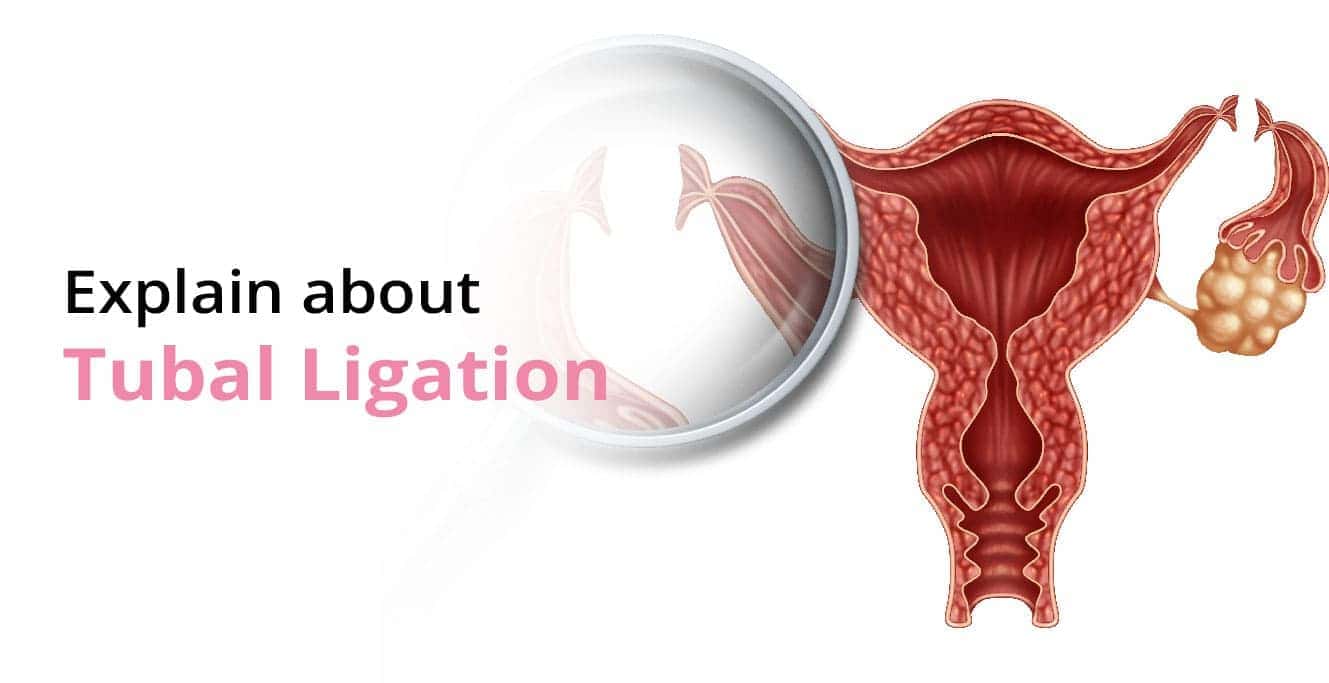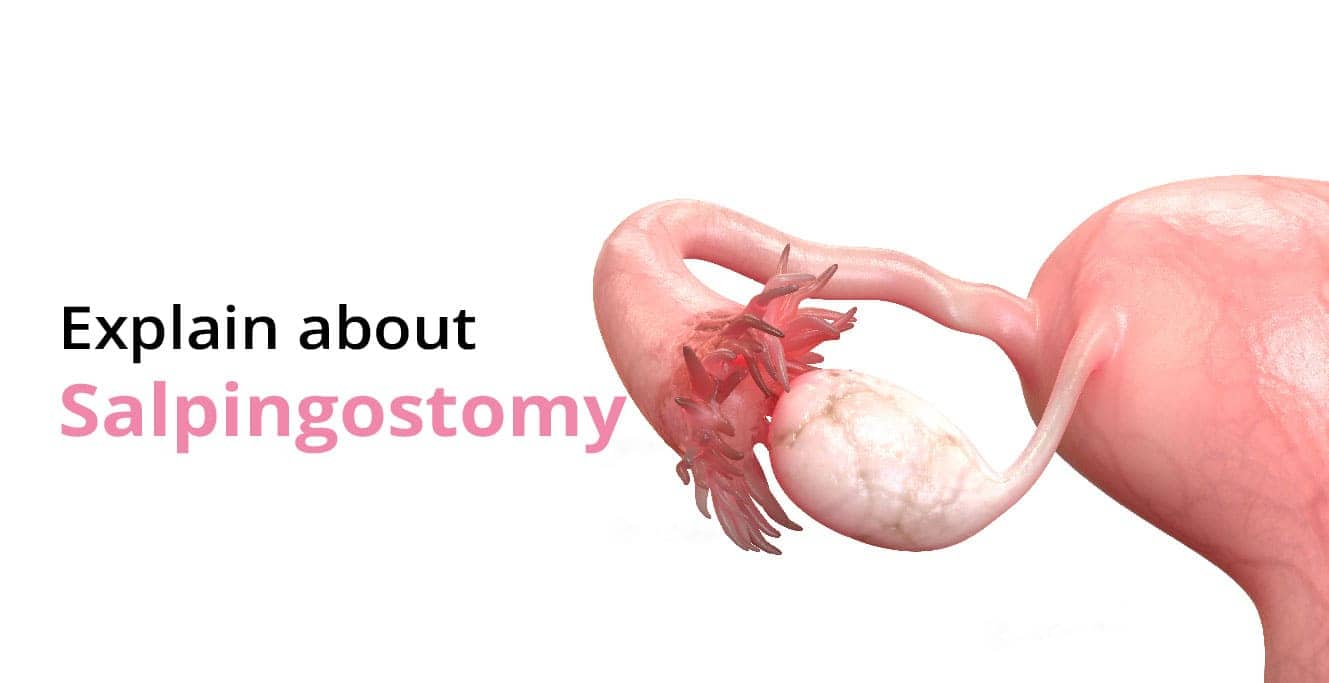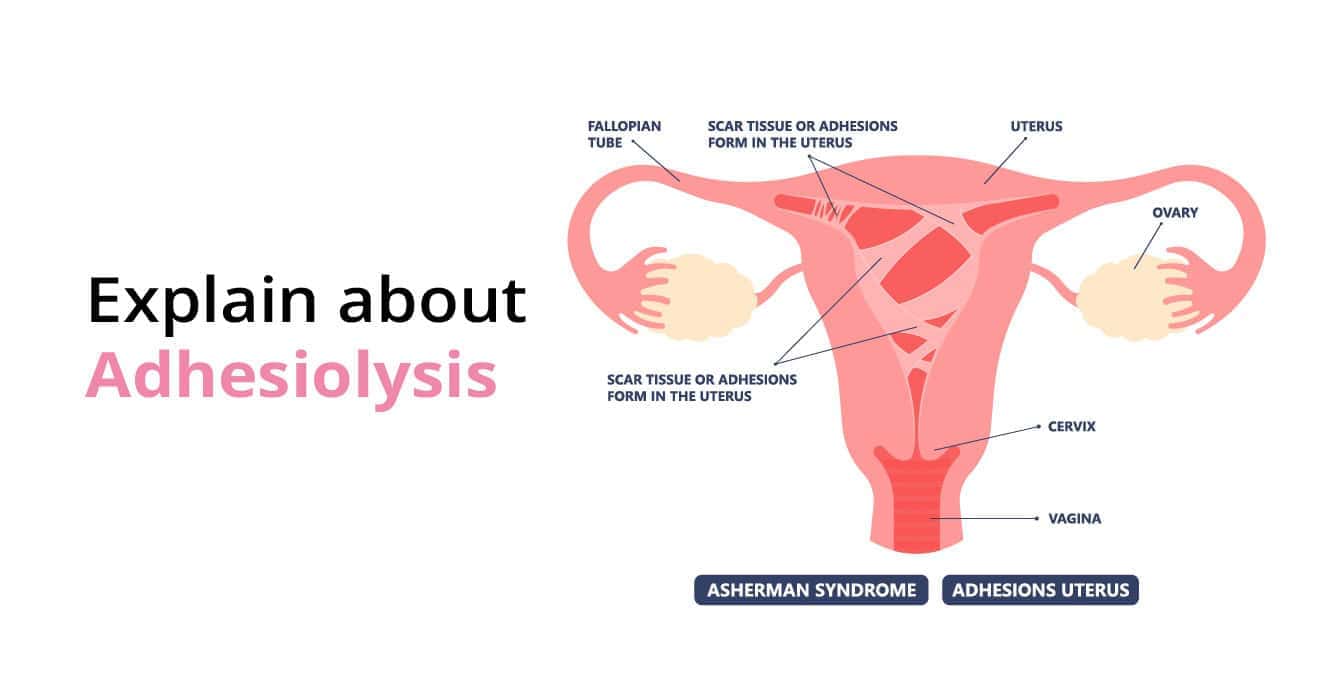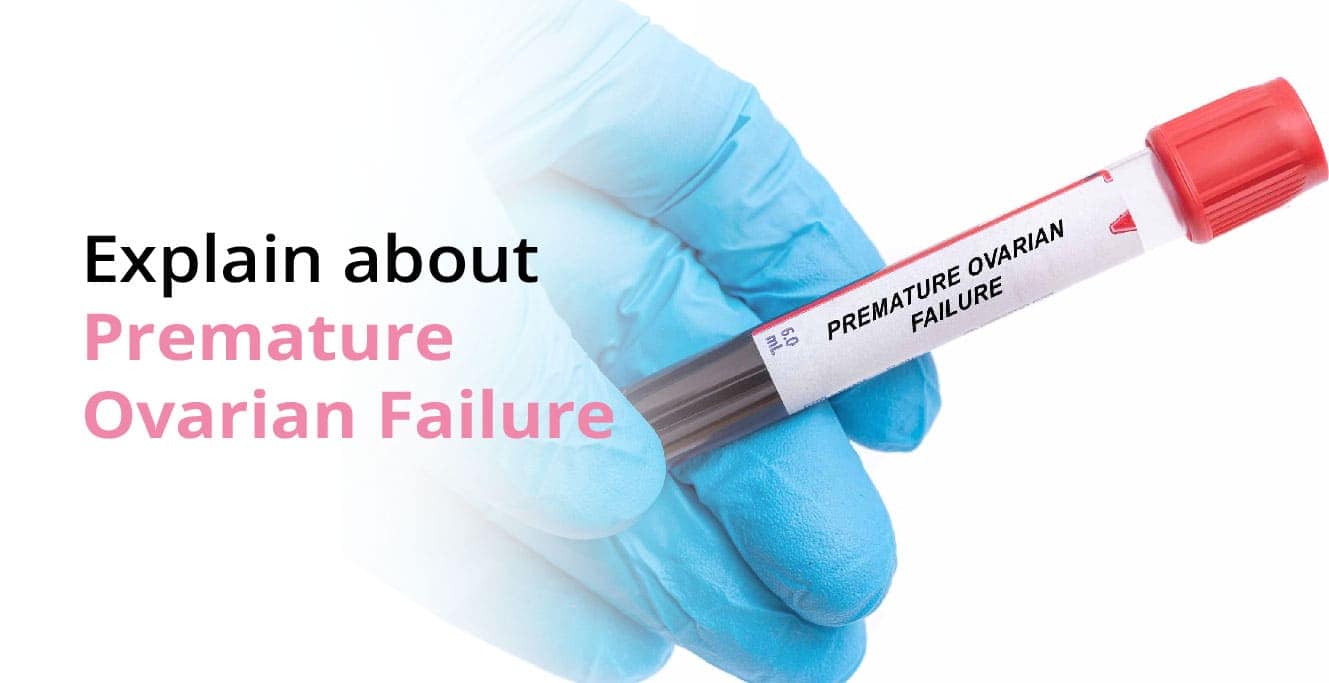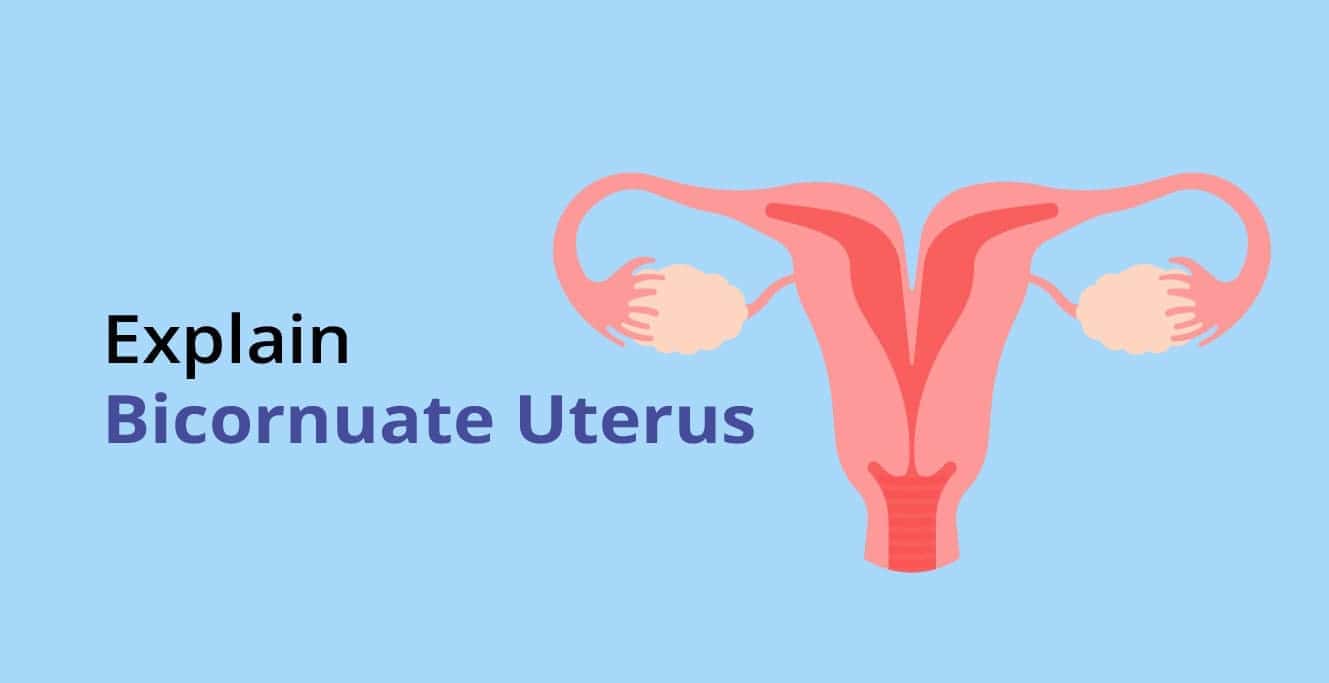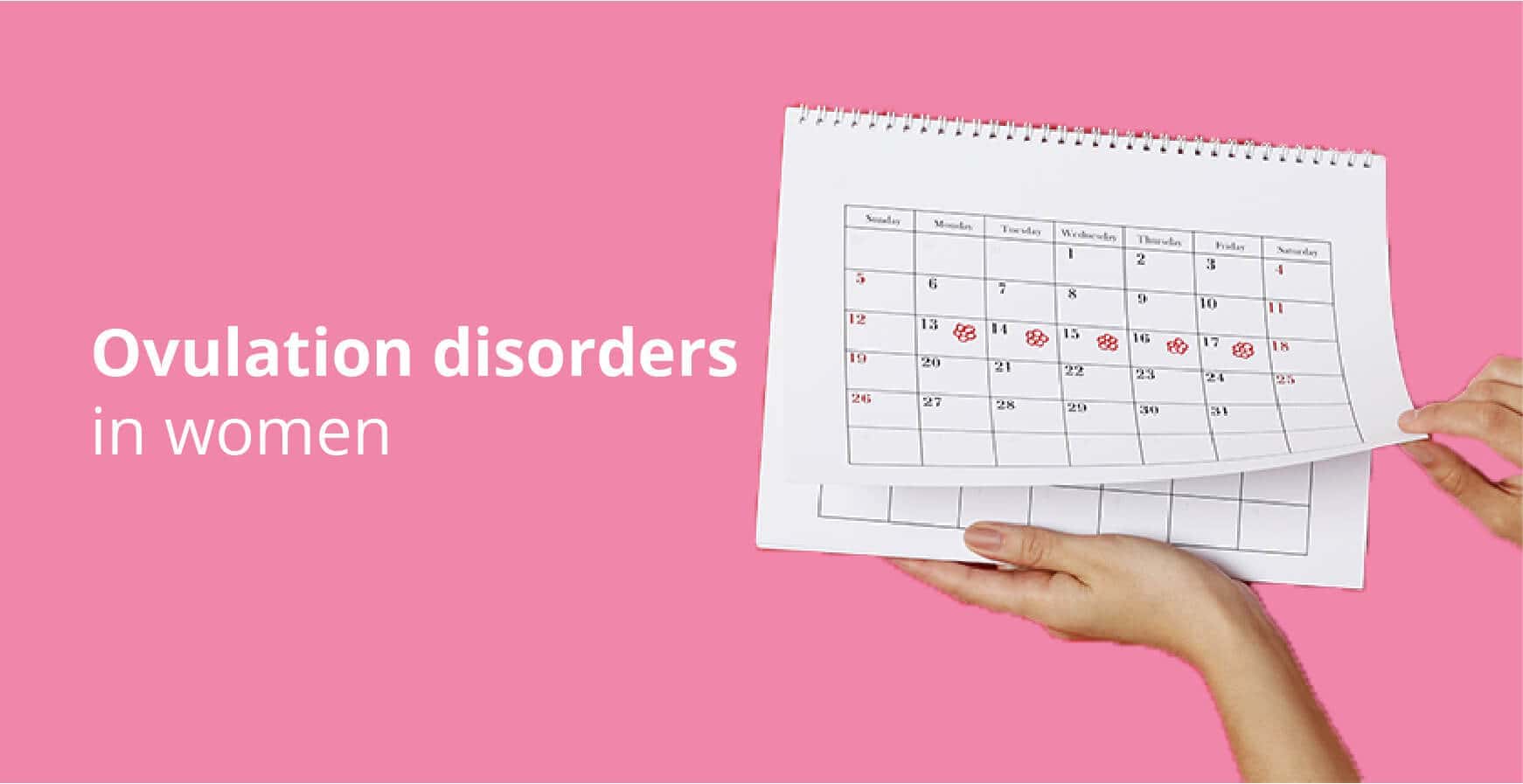Tubal ligation, also known as tubectomy, is a female sterilisation technique which requires surgically joining (ligation) the fallopian tube with itself after severing it from the ampulla.
Tubectomy prevents ovum transfer, eliminating the chances of fertilisation and pregnancy, respectively.
Tubal ligation surgery is a procedure that permanently prevents meeting between sperm and ovum. One can perform tubectomy after childbirth or as per convenience without affecting the natural menstrual cycle or hormonal balance since it only prevents fertilisation.
Overview of Tubal Lzigation
Tubal ligation, meaning “tying up the fallopian tubes”, leads to complete female sterilisation. It’s minimally invasive (meaning limited surgical intervention is required).
The fallopian tubes are crucial for fertilisation. It ensures that sperms can travel to the isthmus junction to merge with the egg, leading to zygote formation.
Tubal ligation surgery disconnects the fallopian tube from the ampulla junction, making it convenient to prevent fertilisation
It is a preferred option for those not willing to use contraceptives or prevent additional complications from using birth control methods. It can get reversed but significantly reduces the viability chances.
How Many Types of Tubal Ligation?
Bilateral tubal ligation (tubectomy) comprises 9-types of surgeries that prevent sperm-ovum interaction. Some of them are reversible, while the rest are permanent separation of the fallopian tubes.
- Adiana (silicone tube insertion to block the fallopian tubes)
- Bipolar coagulation (electrocautery technique to damage the peripheral fallopian tube tissues)
- Essure (fibre and metal coils create scar tissues on the periphery of the fallopian tubes, preventing sperm-ovum interaction)
- Fimbriectomy (removing the fimbriae, preventing ovum transfer to the fallopian tubes)
- Irving procedure (Using sutures to separate the fallopian tube)
- Monopolar coagulator (electrocautery damages the fallopian tube along with excision at the site)
- Pomeroy tubal ligation (fallopian tube burned at the surface and cauterised)
- Tubal clip (fallopian tube is not severed but tied using a suture, making it easily reversible)
- Tubal ring (also known as the Silastic band technique, the fallopian tubes get doubled at the junction preventing sperm-ovum interaction)
Who Needs Tubal Ligation Surgery?
Tubal ligation removes the need for additional contraceptives and offers foolproof birth control protection. Here’s why you need it:
- Women prone to ectopic pregnancy
- Not comfortable using birth control measures (condom, IUD, pills)
- Preventing conception permanently
- Not interested in a natural birth (choice or health issues), but looking forward to cohabitation without birth control
Preparing for Tubal Ligation Surgery
Many women immediately after delivery have tubal ligation because they no longer look forward to pregnancy. Again, you can have it anytime when looking for a permanent method of birth control.
Here’s how you should plan it:
- Visit a gynaecologist and get examined for your condition
- Learn about it and clear your potential queries, if any
- Inform your surgeon about any pre-existing allergies (necessary for anaesthesia precautions)
- Follow the pre-surgery routine (no intake of substances, restriction in taking certain medications)
- Choose a convenient timeline (the weekend offers more rest)
- Follow the clinical admission formalities (it’s best if someone accompanies you to smoothen things)
Tubal Ligation Surgery Method
Tubal ligation methods get performed through minimal surgical intervention. It’s a brief procedure, and the patient may get discharged on the same day.
Here’s what happens during a tubectomy:
- The patient must abstain from consumption (food or drink) before surgery
- The patient receives local anaesthesia in the abdominal region
- Gynaecologists use the laparoscopy technique (minimal incision required, reducing postoperative pain)
- Gynaecologists insert 2-3 long and slender tubes to perform the tubal ligation.
- The fallopian tubes undergo cutting, tying or blinding off using electrocautery, depending on the patient’s need to perform a reversal operation
- The operative wound gets stitched or sealed off with adequate dressing
Advantages vs Disadvantages of Tubal Ligation
Tubal ligation offers the following advantages:
- Eliminate the need to use any additional protection (birth control methods)
- No fear of getting pregnant even after an unprotected intercourse
- There are no allergic, mood or compatibility issues, unlike other birth control methods
Tubal ligation side effects or disadvantages include:
- Poor reversibility in most cases (permanent sterilisation)
- Expensive than other birth control methods (tubal ligation cost an average of CA$3000)
- No protection against STIs
What Happens After the Tubal Ligation Surgery?
Tubal ligation methods are convenient and ensure effective birth control measures. The gynaecologist will keep you under a brief post-surgical observation to ensure no underlying complications occur.
Complete recovery will take a couple of weeks, but you shall be able to resume most daily activities after 24 hours of surgery.
Here’s what to expect:
- The initial intake of fluids will get replaced by your routine diet
- Take care of the operative wound (daily dressing and keeping it dry)
- Don’t perform activities that stress the abdominal region, at least for a week after tubal ligation
- Abstain copulatory activities for over a month
Side Effects After Tubal Ligation Surgery
Tubal ligation is a minimally invasive surgery. However, it can also show underlying complications which are reportedly not beneficial. If you experience the following symptoms, report to your gynaecologist.
- Persistent abdominal pain (don’t consume analgesics unless prescribed)
- Irregular vaginal bleeding from the tubal ligation scars (could be a sign of underlying infections)
- Dizziness and experiencing nausea (side effects of anaesthesia)
- Ectopic pregnancy risks if the fallopian tubes weren’t closed with precision
- Laparoscopy could be among the reasons for a missed period after tubal ligation (it’s natural to experience a delay of 4-6 weeks)
Conclusion
No artificial birth control method is more effective than tubal ligation surgery. Being an invasive technique, most women may not prefer it unless opting for a permanent option. Besides, it has the least reversibility and requires personal consideration because it leads to sterility.
Most tubal ligation methods can get reversed, meaning natural pregnancy is possible. However, if you are prone to ectopic pregnancy, ask your gynaecologist about assisted reproductive technology (ART). You can also get a tubectomy to prevent reproductive complications in the future.
Not compatible with popular contraceptive methods? Prone to ectopic pregnancy? Get an answer to all your doubts about tubal ligation with the best gynaecologist at your nearest Birla Fertility and IVF clinic today.
FAQs:
- What are the pros and cons of tubal ligation?
Tubal ligation is a permanent birth control method which ties up the fallopian tubes, preventing sperm-ovum interaction, leading to no fertilisation. It has a poor reversibility rate and leads to female sterility.
- What’s the timeline for tubal ligation surgery?
Tubal ligation surgery uses laparoscopy. Being a minimally invasive technique, a gynaecologist can take less than an hour to complete it.
- How painful is tubal ligation?
Tubal ligation requires local anaesthesia. While the patient feels nothing during the surgery and can observe the underlying laparoscopy, there’s a characteristic belly pain after the surgery.
- Can I get pregnant even after tubal ligation?
Tubal ligation is a birth control method to prevent fertilisation and pregnancy. While it’s an effective technique, 1 out of 200 women can get pregnant depending on their type of tubectomy.


